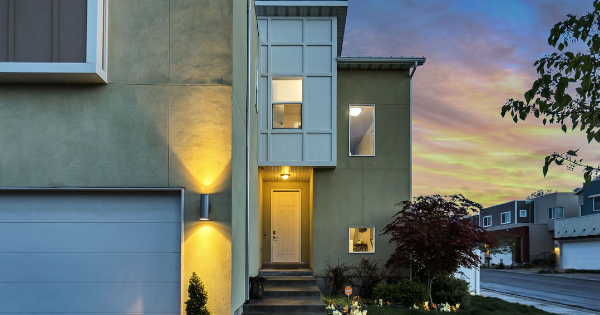Using a sump pump is an effective way to mitigate radon and keep your home safe. The pressure under the foundation is greater than the pressure inside the house. Therefore, eliminating radioactive gas will require a process that cancels out the pressure difference. Here are factors that could determine the system’s configuration and design.
1. Aesthetic Considerations
A sump pump can be installed in many different areas around your home. The objective is to use the pressure under the building to dissipate radioactive gas into the atmosphere. Radon then diffuses safely through the pipe that pushes it up and above the roof.
An outdoor sump-pump can be an eye-sore and may even discourage some homeowners from installing radon abatement systems. However, if your home has drain tiles, you can pass radon testing without ruining the aesthetics of your home. It involves applying suction to semi-permeable pipes, which push water away from the foundation.
2. Home Foundation and Radon Mitigation Systems
You can set the system from the garage, attic, or the exterior of your home. On rare occasions, you may need more than one pipe or pit. A certified technician will examine the underlying rock to understand its configuration. Radon testing can also be used to establish the nature of the movement of air under the foundation.
Your home’s foundation is also a critical factor when determining the most effective radon abatement solution. Many buildings today have varying types of foundations, and therefore, it may need multiple mitigation techniques.
The EPA recommends sub-membrane suction for buildings with crawlspaces. The process involves placing a special plastic covering over the floor. Ventilation within the space can help reduce radon gas levels, but the approach is not sufficient on its own.
Sub-slab pressurization is another method that is suited for basements and homes without crawlspaces. A fan creates negative pressure and a valve ensures air moves to the outdoors. If your foundation has shallow cavities underneath, sub-slab pressurization may demand a lot of energy to run the fan. It is usually not the ideal design for upholding radon testing results in the long-term.
3. Maintenance of the Sump Pump
For your home to be safe, your equipment also ought to be well maintained. Improper electrical circuit connections may put you at risk and reduce the longevity of the sump-pump. A technician should run tests if you notice unusual sounds that indicate possible faults inside your equipment.
After servicing your sump pump, you should note that improper resealing can affect your future radon testing results. The process must be thorough to prevent interference of the materials with the equipment’s electrical circuit.
Ensure that the sump pump installation is done by a professional with experience in radon abatement in Colorado. The type of system you choose is crucial for the safety of your home. A clumsily built mitigation system can not only expose you to health risks but also flood damage.
It is wise to consult a professional that has an understanding of local regulations related to radon testing and mitigation. We can provide the most cost-effective options for reliable sump pump installation in Denver. You can call our friendly help desk today for more information on our top-rated service.


Recent Comments